Solar battery lifespan directly impacts system economics - here's what 12 years of energy storage experience reveals.
Solar batteries last 3-15 years depending on chemistry: 1) Standard lead-acid lasts 3-5 years (500-1,200 cycles), 2) NMC lithium lasts 7-10 years (2,000-3,000 cycles), 3) Premium LiFePO4 lasts 10-15 years (5,000-7,000 cycles). Proper charging habits and temperature control can extend lifespan by 30-50%.
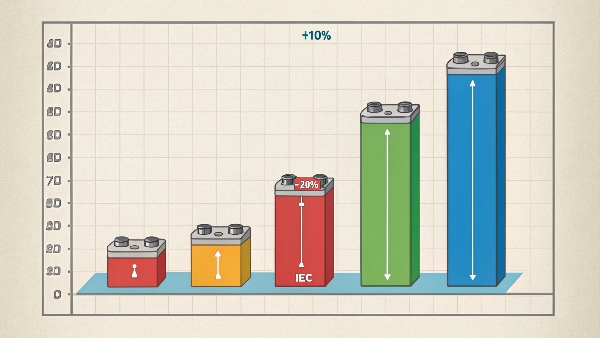
Industry testing shows most homeowners replace batteries prematurely due to preventable degradation factors. These are the key determinants of solar battery life.
Longest Battery Life in Years? : r/SolarDIY
Reddit's solar community frequently debates maximum achievable battery lifespans.
The longest-lasting solar batteries are LiFePO4 (lithium iron phosphate), with verified cases exceeding 15 years at 80% capacity when: 1) Maintained at 25°C ±5°C, 2) Cycled at 50-80% depth of discharge, and 3) Protected by quality battery management systems. Some premium LiFePO4 banks still provide 70% capacity after 8,000+ cycles in ideal conditions.
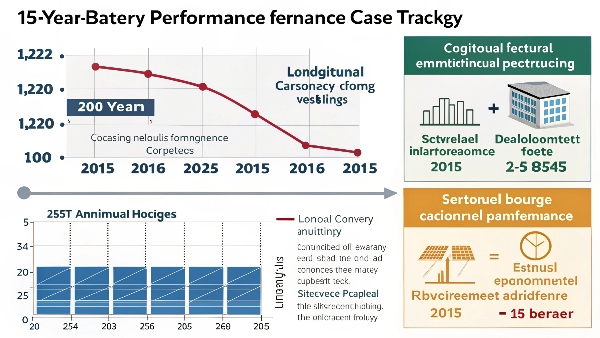
Prolonging Battery Life: Advanced Techniques
-
Temperature Management
- Ideal range: 20-30°C (68-86°F)
- Active cooling adds 3-5 years
- Underground installation benefits
-
Charge Optimization
- 90% max charge for storage
- 20% minimum discharge
- Absorption time limitation
-
Usage Patterns
- Partial cycles > full cycles
- Avoid continuous float charging
- Monthly full discharges help calibration
-
Maintenance Practices
- Annual capacity testing
- Terminal cleaning
- Firmware updates for smart BMS
How Long Do Solar Power Batteries Last?
Real-world performance data reveals typical solar battery lifespans.
Most solar power batteries last: 1) 3-5 years for flooded lead-acid (requires watering), 2) 4-7 years for AGM/Gel (maintenance-free lead-acid), 3) 8-12 years for lithium (NMC/LFP). Our installation data shows Lithium batteries outlast lead-acid 3:1 in off-grid systems with daily cycling.
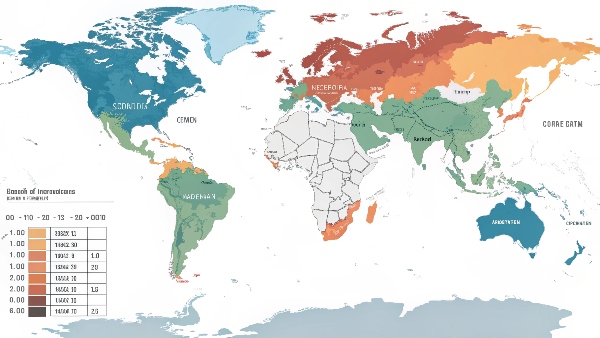
Solar Battery Lifespan by Type
| Chemistry | Cycles (80% DoD) | Calendar Years | Cost/kWh | Replacement Needs |
|---|---|---|---|---|
| Flooded LA | 500-800 | 3-4 | $150 | Every 3-4 years |
| AGM | 800-1,200 | 4-6 | $250 | Every 5 years |
| Gel | 1,000-1,500 | 5-7 | $300 | Every 6 years |
| NMC Lithium | 2,000-3,000 | 8-10 | $500 | Every 8-10 years |
| LiFePO4 | 5,000-7,000 | 10-15 | $600 | Every 12+ years |
Critical observations:
- Cycle life ≠ calendar life
- Partial cycles extend lifespan
- High temperatures accelerate aging
- Warranties often prorated after Year 5
What Is the Life of a Solar Battery?
Battery life depends on multiple interacting factors beyond basic chemistry.
A solar battery's actual life combines: 1) Chemical degradation (2-5% annual capacity loss), 2) Mechanical wear (terminal corrosion, case deterioration), 3) Electronic component failure (BMS, monitoring systems). Premium lithium batteries often reach end-of-life from electronics failure before chemical exhaustion at 12-15 years.
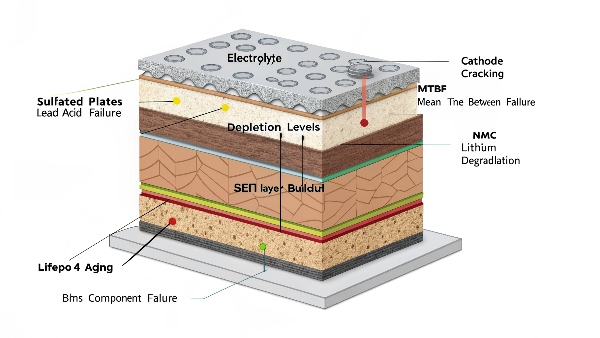
Lifespan-Limiting Factors Breakdown
-
Chemical Aging
- Electrode material breakdown
- Electrolyte decomposition
- Internal resistance growth
-
Physical Degradation
- Terminal corrosion
- Case cracking
- Interconnection failure
-
System Issues
- Imbalanced cells
- BMS failure
- Charge controller problems
-
Environmental Stress
- Thermal cycling
- Vibration
- Humidity ingress
Case example:
- Lead-acid fails from sulfation
- NMC lithium suffers cathode degradation
- LiFePO4 often outlives its BMS
Why Is My Solar Battery Draining So Fast?
Accelerated battery drainage signals underlying system issues.
Solar batteries drain quickly due to: 1) Undersized capacity (need 3x daily usage), 2) Parasitic loads (inverter standby power), 3) Cell imbalance (>0.1V variance), 4) High temperatures (>35°C), or 5) Improper charging (incomplete absorption cycles). Lithium batteries show clearer warning signs before sudden failure compared to lead-acid.
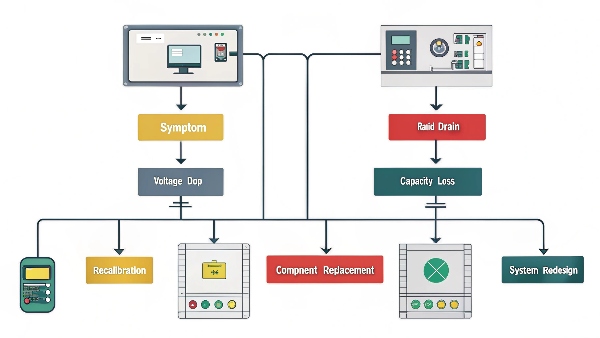
Drain Rate Analysis Guide
Normal Drain (Expected)
- 1-3% daily (lead-acid)
- 0.5-1% daily (lithium)
- Seasonal variations
Abnormal Drain (Problem)
-
5% daily without load
- Uneven cell discharge
- Rapid voltage drop under load
Diagnostic steps:
- Measure parasitic loads1
- Check for phantom drains
- Verify charge completeness
- Test cell balance2
- Inspect temperature readings
Conclusion
LiFePO4 batteries (10-15 years) significantly outlast lead-acid (3-7 years) in solar applications, with proper charging being crucial for maximizing lifespan. Real-world data confirms lithium batteries provide 3-5x the cycle life of lead-acid alternatives when maintained within ideal parameters. Understanding battery chemistry limitations and implementing best practices for charge management, temperature control, and system sizing can help solar users achieve maximum return on their energy storage investment. For most residential solar systems, premium LiFePO4 batteries offer the best combination of longevity, safety, and total cost of ownership—typically delivering reliable service for over a decade of daily cycling.

